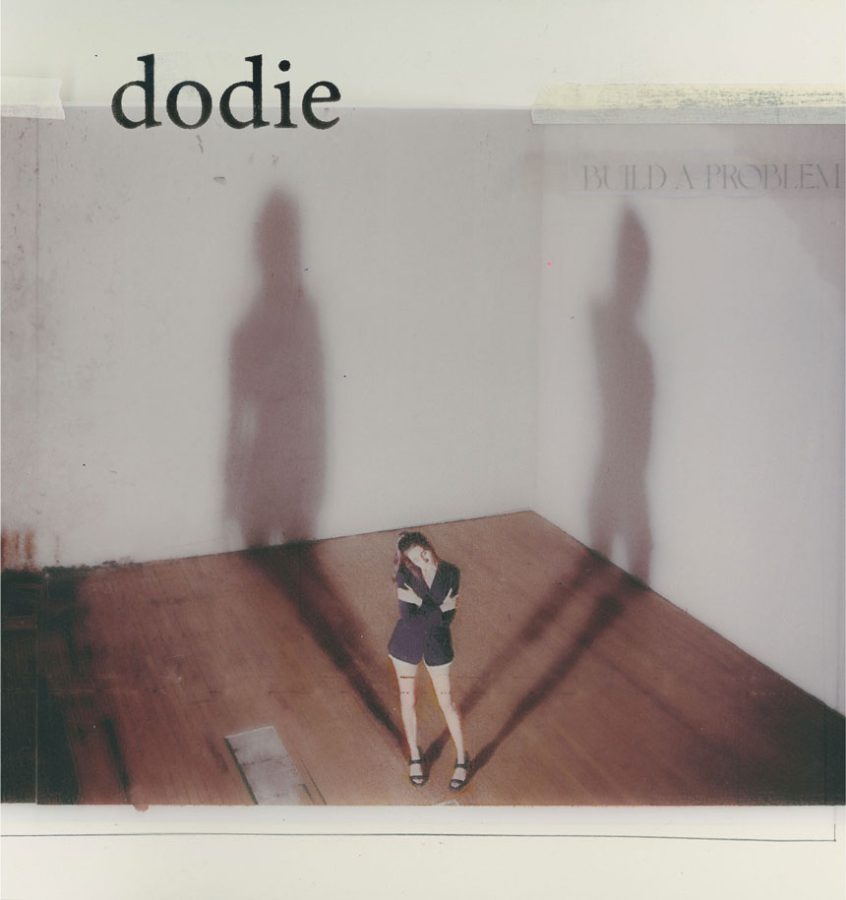[Eds Note: This article has been published in partnership with Spinnaker Radio to feature LGBTQ+ music artists and celebrate Pride Month.]
Born as Dorothy Miranda Clark, singer-songwriter Dodie initially gained attention from her social media presence. Eleven years ago, Dodie uploaded her first YouTube video in which she sang her original song Rain. Although most of her YouTube content revolves around music, Dodie also uploads vlogs and “behind the scenes,” videos.
As one of three siblings, Clark was born in London in 1995 and adopted the nickname Dodie early in her childhood.

Quickly gaining a large social media following, Dodie began to feel immense pressure from her growing audience to engage with them and frequently release new content. After beginning to accept sponsorships in efforts to help her family, Dodie became emotionally drained. She took a break from social media to recover by being with friends and family as well as attending therapy, according to the New York Times.
During her media hiatus, Dodie wrote and recorded music. She released her first EP Intertwined by her own means in November 2016. Intertwined peaked at number 35 on the UK Official Charts. The success of her album led Dodie to perform around the United States with artists Tessa Violet, Rusty Clanton, and Jon Cozart on the Transatlantic Tour the same year of the EP’s release.
In September 2014, Dodie uploaded a YouTube video of her singing an original song, She. The song is about having feelings for a girl but not knowing if it is okay to show them. Dodie then wrote a coming out song, I’m Bisexual, and uploaded it to her channel in June 2017.
“I didn’t have a big coming out. I wrote a song when I was about 17, called She, that was about liking a girl. In that video, I didn’t have a label. I thought maybe I was just straight and had crushes on girls. Over the years, I liked the label bisexual. It just fit better and was easier to explain,” Dodie said in an interview with Jerry Nunn.
Two more self-released EP’s followed Dodie’s first. EP’s You, released in 2017, and Human, released in 2019, each earned spots in the top 10 on the UK Official Charts.

Dodie’s first official album Build a Problem was released in January 2019 by the record label The Orchard. The album peaked at number 4 on the Billboard Americana/Folk Albums chart. Dodie then went on her first headlining international tour, Build a Problem, for the debut album in 2022.
The second track Monster from her EP Human is unusual to many of Dodie’s songs. While she often relies on airy vocals to build the foundation of her music, Human experiments with various processing techniques and sound effects.
Hits on a snare drum, muted with a towel, establishes the beat in the introduction of Human. Dodie’s main vocal track comes in on the third bar along with a syncopated electric piano to complete the first verse.
Kicking of a bass drum on the downbeats solidifies the transition to the pre-chorus. The same percussive pattern continues. The electric piano arpeggiates the new chord progression as a tonic pedal begins to sound. Dodie outlines the chords with the vocal melody, still singing solo.
The sound effect of what sounds like a squeaking door arrives in the chorus and continues throughout the stanza. Chord tones are played harmonically for the first time as claps richen the percussive section. Dodie’s melody is doubled, or perhaps tripled, to add texture to the vocals.
Energy is relaxed when the percussion, arpeggiating piano, and claps groove with themselves for two bars before the second verse. The tonic pedal from the pre-chorus is incorporated in the instrumental make-up. Suddenly, and shortly, the main vocal track is heavily processed with reverb to emphasize Dodie, “shouting in her head.” The tonic pedal riffs down the E major scale to conclude the verse.
Instruments and effects from the first chorus are reintroduced in the second. This time, the instruments repeat the groove of the chorus. Dodie presents a new vocal melody, doubled (or tripled) by other vocal tracks.
A chanting choir bridges the eight measures between the chorus and the retransition. Chants continue as Dodie sings the fast-paced melody. Complimenting the vocal melody is a background vocal track, quietly singing in major harmony.
All elements introduced throughout the piece finally come together in the last chorus. Different vocal melodies sing simultaneously until Dodie’s main vocal track completes its journey. Harmonious vocals sing the chord tones for eight measures. The chants of the choir are phased in and out to stimulate the repetitive nature to finish the song.
__
For more information or news tips, or if you see an error in this story or have any compliments or concerns, contact editor@unfspinnaker.com.














